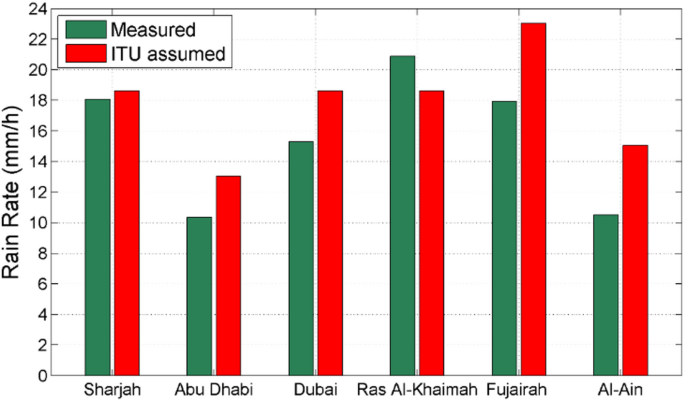Figures 3 and 4 illustrate rain-induced attenuation in the K and Ka frequency bands as predicted by the proposed model. The results clearly indicate that attenuation at 30 GHz is significantly higher than at 20 GHz. In addition to rain-induced…
Category: 4. Physics
-
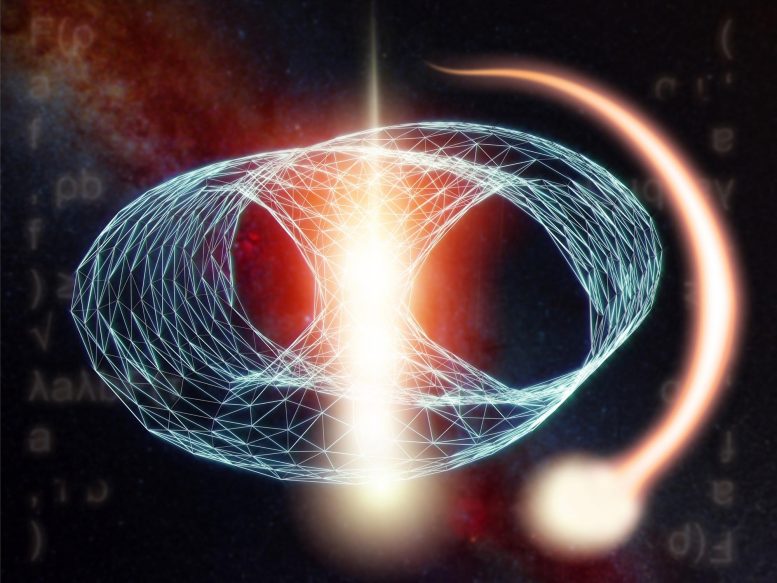
Space-Time Does Not Exist – Here’s Why That Matters
Space-time is a map of happenings, not a real object. Understanding this distinction clears up confusion about time. Whether or not space-time exists should not be considered controversial or even conceptually difficult once we are clear on the…
Continue Reading
-
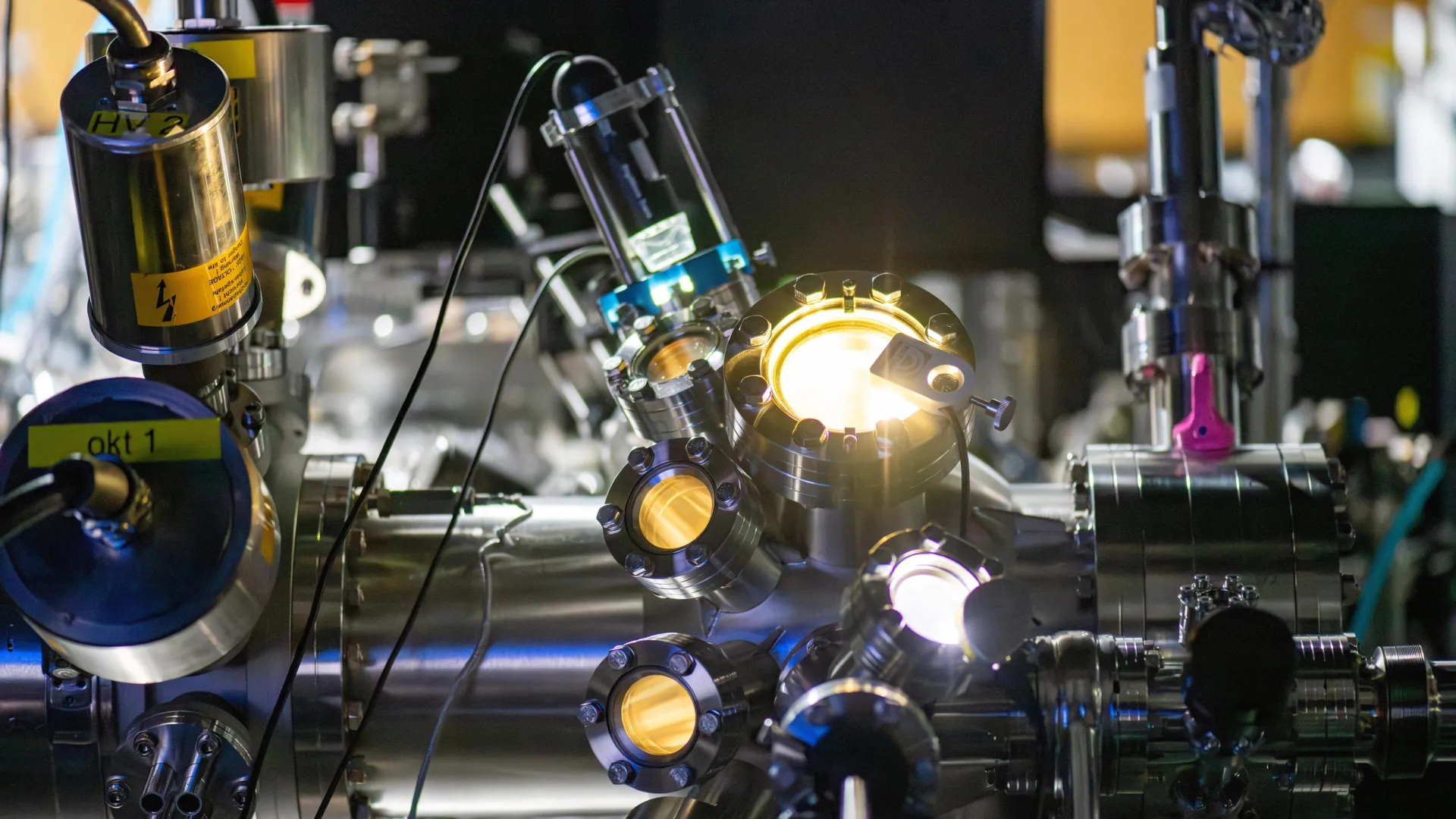
Scientists finally found the “dark matter” of electronics
In a world-first, researchers from the Femtosecond Spectroscopy Unit at the Okinawa Institute of Science and Technology (OIST) have directly observed the evolution of the elusive dark excitons in atomically thin materials, laying the foundation…
Continue Reading
-
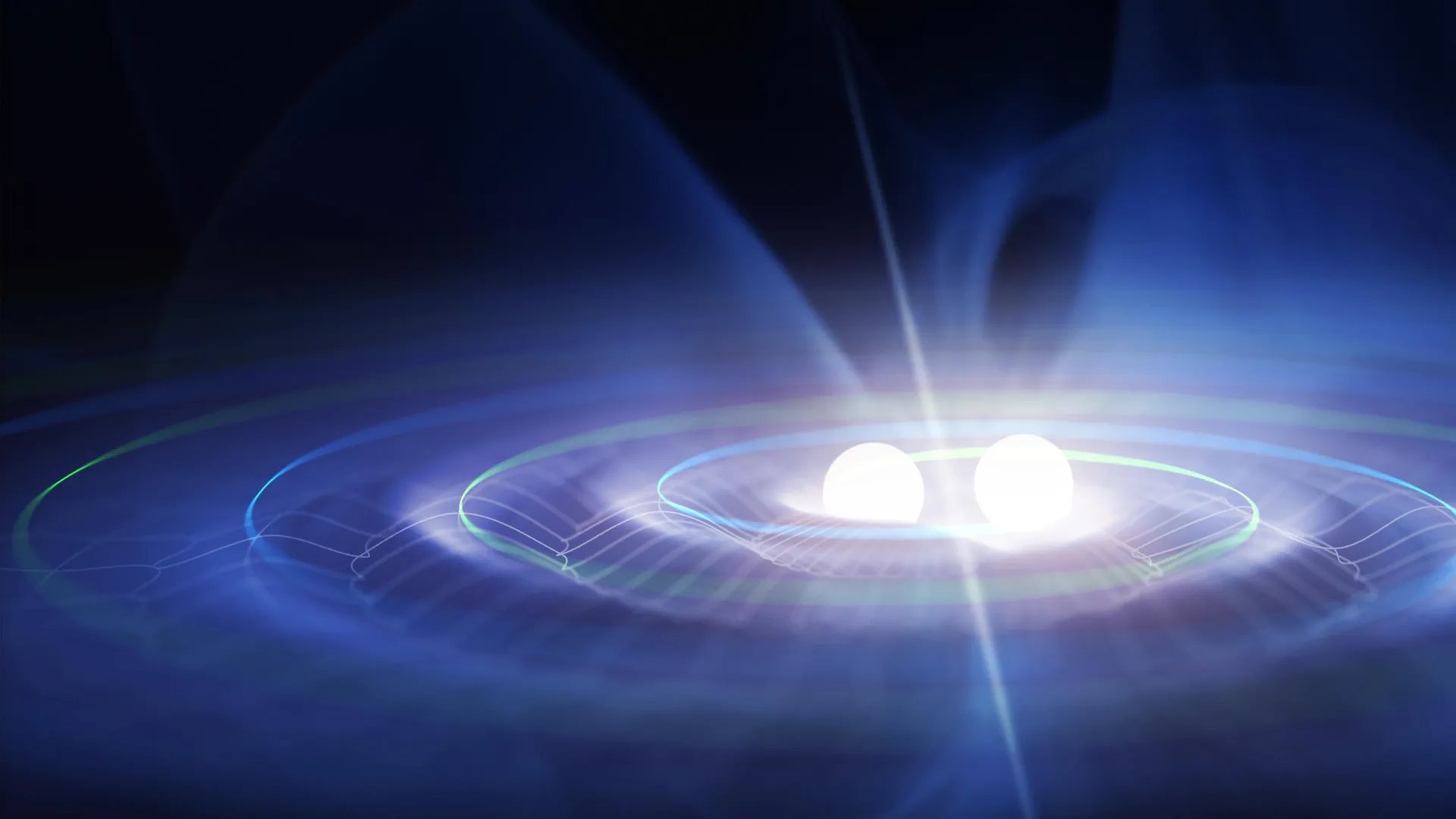
A tiny detector could unveil gravitational waves we’ve never seen before
Scientists have unveiled a new approach to detecting gravitational waves in the milli-Hertz frequency range, providing access to astrophysical and cosmological phenomena that are not detectable with current instruments.
Gravitational…
Continue Reading
-
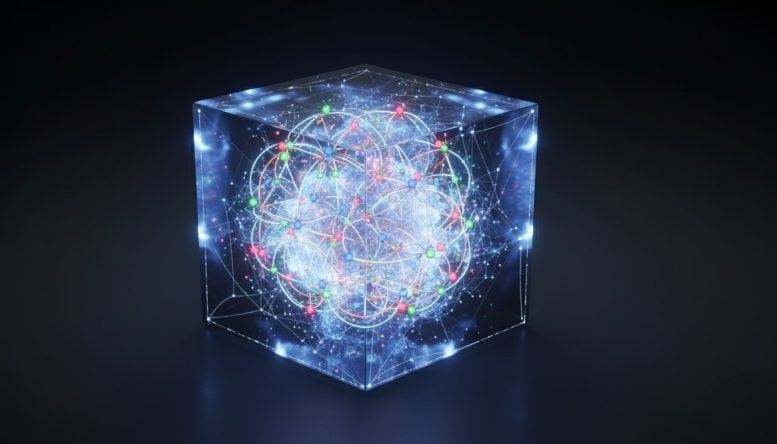
“Something Extraordinary Was Happening” – Scientists Solve Quantum Metal Mystery
In kagome metals, weak magnets can flip hidden quantum currents, reshaping how electricity flows. Researchers now finally understand this puzzling effect, opening doors to new kinds of quantum-driven devices. (Artist’s concept)…. Continue Reading
-
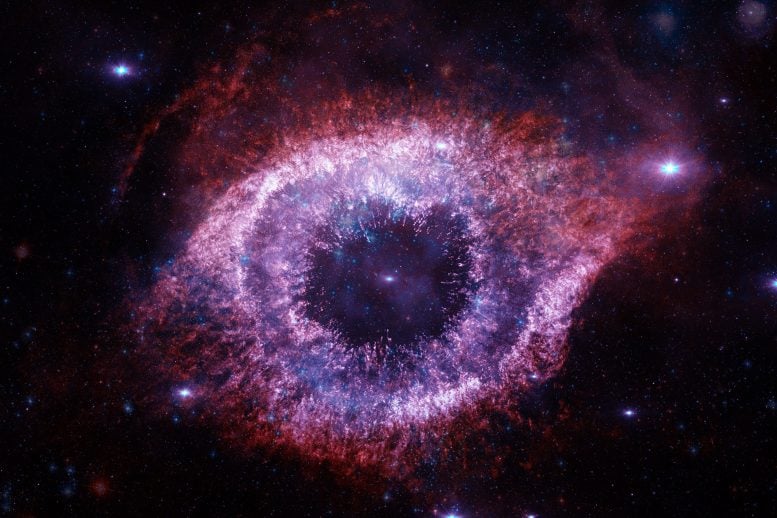
What if the Universe Remembers Everything? New Theory Rewrites the Rules of Physics
For over a century, physics has been divided between the elegance of Einstein’s relativity and the strangeness of quantum mechanics. A new framework, the quantum memory matrix, suggests that spacetime itself is made of discrete… Continue Reading
-
How a Molecular Motor Minimizes Energy Waste
• Physics 18, 167
Turning a biologically important molecular motor at a constant rate saves energy, according to experiments.
Energy factory. The enzyme ATP synthase consists of two motors, Fo (orange) and F1 (blue)…. Continue Reading
-
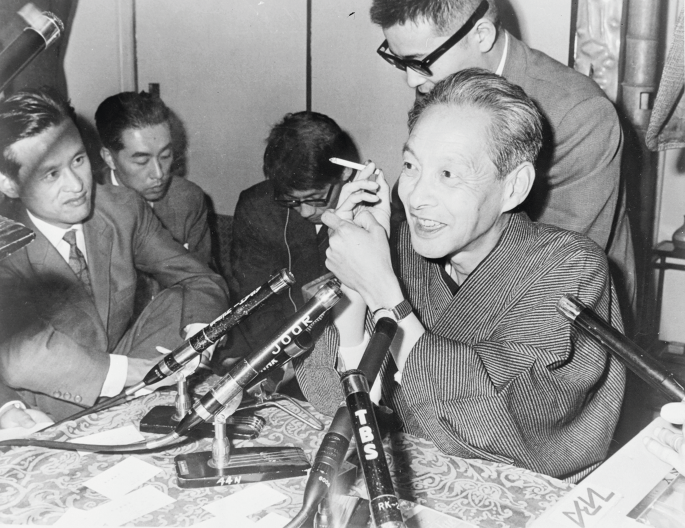
Nobel 1965: to infinity and beyond
The 1965 Nobel Prize in Physics was shared by Sin-Itiro Tomonaga, Julian Schwinger and Richard Feynman “for their fundamental work in quantum electrodynamics, with deep-ploughing consequences for the physics of elementary particles”. The…
Continue Reading
-
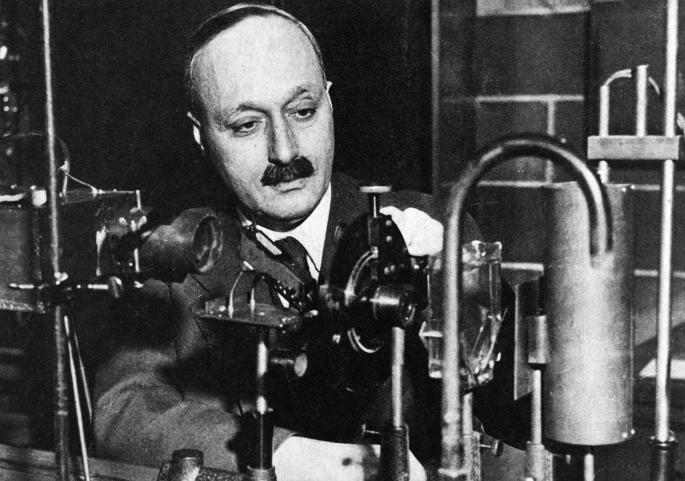
Nobel 1925: physicists with impact
The 1925 Nobel Prize in Physics was awarded “for their discovery of the laws governing the impact of an electron upon an atom”, to James Franck (pictured) and Gustav Ludwig Hertz. Both born in Hamburg in the 1880s, the two physicists joined…
Continue Reading
-
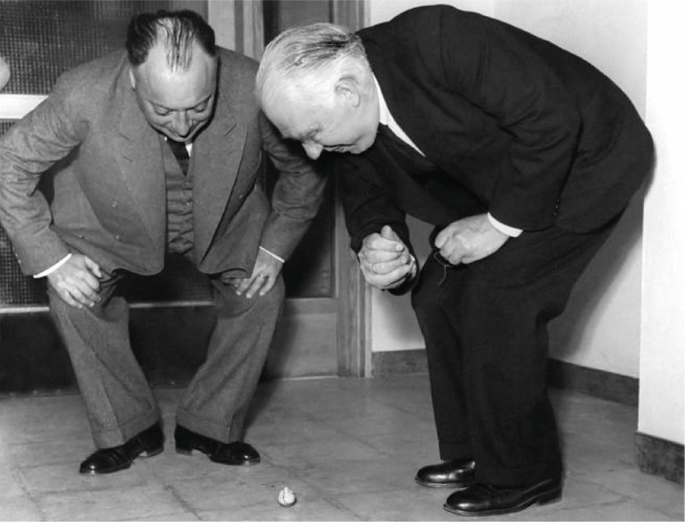
Nobel 1945: the exclusion principle
One hundred years ago, Wolfgang Pauli (pictured left, with Niels Bohr on the right) published the paper that would, in 1945, earn him a Nobel Prize. Pauli had first described the exclusion principle — declaring that in the atom, no two…
Continue Reading
